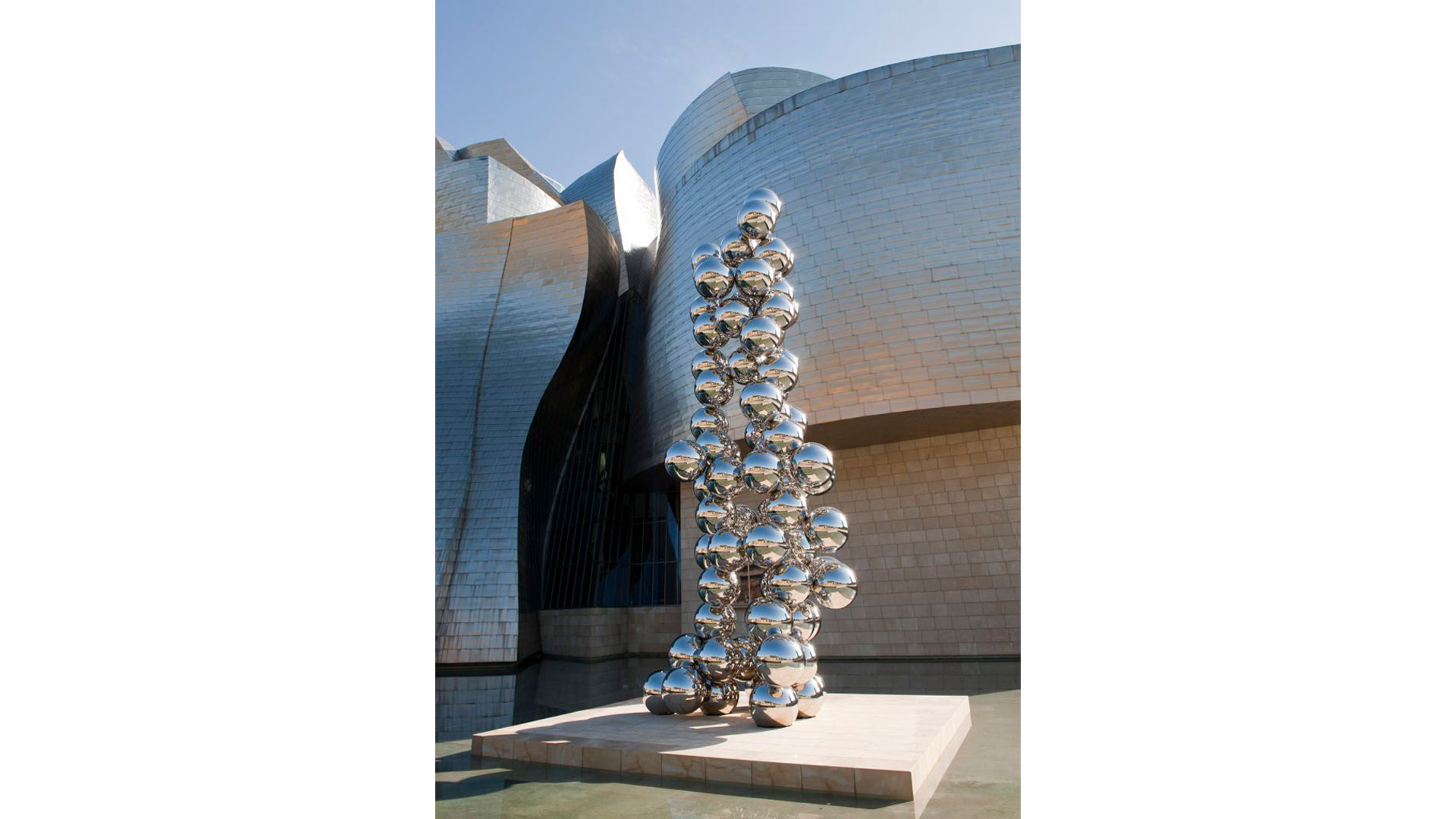
Online Art Courses: Art and Neuroscience – Beyond Beauty: The Creative and Divergent Mind of the Artist
Admission
€60 Museum Members / €80 general public (three months’ access to the course)
In this course, we dive into neuroscience to explore individual aesthetic experiences, learning that there is no such thing as universal beauty in art.
The evolution of “beauty” is constantly influenced by physiological and circumstantial reasons with strong ties to our emotions. The perception of beauty—the quality of that which is beautiful—in art has traditionally been associated with balance and harmony, eliciting pleasure or satisfaction of the mind. This has been the prevailing view in Western art since the 18th century and the Enlightenment. Early-20th-century avant-gardes, Dadaism in particular, subverted this view, changing the ways in which we saw and understood the world around us. Today, we also tend to take into account the creative, divergent minds of individual artists.
This course will be conducted by Mara Dierssen, Doctor in Neurobiology and science communicator with an interest in the connections between neurobiology and art.
Target audience: adults interested in contemporary art
Type of course: online
Structure: 4 modules, 16 video lessons, additional resources
Workload: 6 hours (at your own pace)
Language: Spanish
Certification: Upon completion of the course, participants will get a certificate
What will you learn in this course?
- The experience of beauty and the beautiful in contemporary art from the perspective of neuroscience.
- The role of the artist not just through the creative process (as it is usually understood), but also through their divergent intelligence.
- A multidisciplinary approach to the Museum Collection and to art at large.
- A more “porous” and “democratic” view of contemporary art, with the presence of multiple and diverse aesthetic experiences and their scientific basis.
Program
The course will be divided into four thematic modules, with examples by relevant artists.
Module I: The Neurobiology of Art
Understanding the human brain as the organ where the mind is and art as a result of brain layout and social behavior, neuroscience offers some of the keys to approach the brain from a scientific/biological perspective.
In this module, we will explore the work of relevant scientists and the role played by diversity in the contemporary view on beauty, which has traditionally been seen as unique or canonical.
Video 1: Santiago Ramón y Cajal’s Drawings of Neurons
Video 2: Art and Perception
Video 3: Is there Such Thing as Universal Beauty?
Video 4: Semir Zeki and Neuroaesthetics
Module II: The Artistic Mind 1: Creativity and Divergence
There are many different kinds of creative minds. In modern and contemporary art, those that stand out tend to have a capacity for divergence and disruption, breaking away from tradition, contributing new techniques, or shifting the beauty paradigm.
Examples of artists and works revealing this kind of minds are:
Video 1: Claude Monet’s Water Lillies and Pablo Picasso’s The Poet (A Fragmented View of Reality)
Video 2: Marcel Duchamp’s Bottle Rack and Andy Warhol’s Coca-Cola (The Everyday Object as Objet d’Art)
Video 3: Jackson Pollock’s Enchanted Forest and Helen Frankenthaler’s Santorini (New Painting Techniques: Drip and Soak-stain)
Video 4: Jean Dubuffet’s Will to Power and Louise Bourgeois’s Maman (Beauty in What Is Ugly or Strange)
Module III: The Artistic Mind 2: Synesthesia
People with synesthesia experience a merging of senses where stimulation of one sensory or cognitive pathway leads to involuntary experiences in another. This means they see the world differently. This ability can be used in art, as well as in other creative processes.
In this module, we focus on artists who were synesthetes, including:
Video 1: Vincent Van Gogh (The Color of Sound)
Video 2: Wassily Kandinsky (Improvisations and Compositions)
Video 3: Joan Mitchell (“Secret Magic”)
Video 4: David Hockney (Stage Designs: Color, Lighting, Music)
Module IV: Art and Emotion
What do we feel when we look at a work of art? Do other people feel the same? The emotions—or lack thereof—expressed by artists have different effects on those viewing or experiencing their work.
Using the Guggenheim Museum Bilbao’s educational project Artetik: From the Art as starting point, in this module we will take a few works of art and discuss the emotions they evoke in their viewers.
Video 1: Anish Kapoor’s Tall Tree and the Eye and fascination; Cristina Iglesias’s Jealousy and curiosity; Gilbert and George’s Waking and fun.
Video 2: Anselm Kiefer’s The Paths of World Wisdom and puzzlement; Yoko Ono’s Wish Tree for Bilbao and harmony; Gerhard Richter’s Seascape and calm.
Video 3: El Anatsui’s Rising Sea and inspiration; José Manuel Ballester’s The Raft of the Medusa and fear; Jenny Holzer’s Installation for Bilbao and wonder.
Video 4: Robert Motherwell’s Iberia and boredom; Jeff Koons’s Puppy and love; Javier Pérez’s Mask of Seduction and fear.
Admission
€60 Museum Members / €80 general public (three months’ access to the course)
